Future Hype surveys the past few hundred years to show that many of the technologies we now take for granted transformed society in far more dramatic ways than more recent developments so often touted as unparalleled and historic. In this thoughtful book, Bob Seidensticker exposes the hidden costs of technology—and helps both consumers and businesses take a shrewder position when the next “essential” innovation is trotted out.
Future Hype: The Myths of Technology Change
KSh 1,595.00
Future Hype surveys the past few hundred years to show that many of the technologies we now take for granted transformed society in far more dramatic ways than more recent developments so often touted as unparalleled and historic. In this thoughtful book, Bob Seidensticker exposes the hidden costs of technology—and helps both consumers and businesses take a shrewder position when the next “essential” innovation is trotted out.
1 in stock
| SKU: | 9781576753705 |
|---|---|
| Categories: | Engineering, Engineering & Transportation |
Related products
-
ENVIRONMENTAL ENGEENIRING
KSh 4,200.00The standard for Environmental Engineering FE Review includes;
- 110 practice problems, with full solutions
- Set up to provide in depth analysis of likely FE exam problems
- This guide will get anyone ready for the FE Exam
Topics covered
- Air Quality Engineering
- Environmental Science & Management
- Solid & Hazardous Waste Engineering
- Water & Wastewater Engineering
- Hydrologic and Hydrogeological Engineering
-
Mechanics of Engineering Materials (2nd Edition)
Mechanics of Engineering Materials is well-established as the definitive textbook on the mechanics and strength of materials for students of engineering principles throughout their degree course. Assuming little or no prior knowledge, the theory of the subject is developed from first principles and all topics of stress and strain analysis are covered right up to final year level. Mechanical properties such as tensile behaviour, fatigue, creep, fracture and impact are discussed and more advanced material is also included, particularly on finite element analysis, fracture mechanics and composite materials.
This second edition has been brought fully up-to-date in line with today’s courses. Incorporating new, two-colour illustrations throughout, the book reinforces student comprehension of the theory through numerous new worked examples and end-of-chapter problems involving real engineering situations. An important new feature of this edition is the use and illustration of computer spreadsheets throughout as a powerful problem-solving tool.
Mechanics of Engineering Materials is an indispensible course text for undergraduate students of mechanical engineering, engineering science and civil engineering. It will also be a valuable reference for those studying BTEC and GNVQ courses.
-
Understanding Mechanics-oxford university press
KSh 12,800.00One of the clearest and most straightforward texts ever published, Understanding Mechanics covers all the topics required in the single-subject A Level.
It is equally appropriate for those preparing for other Mathematics examinations at A Level and for students on technical courses in further and higher education.
Key Points:
· Principles are introduced in a simple and direct manner and all have worked examples
· Ample opportunity is given for practice with questions and exercises carefully graded to provide a steady progression
· Each chapter closes with a comprehensive selection of recent examination questions
· Answers are given at the back of the book
-
Environmental Biotechnology: Principles and Applications, Second Edition
KSh 22,960.00The classic environmental biotechnology textbook―fully updated for the latest advances
This thoroughly revised educational resource presents the biological principles that underlie modern microbiological treatment technologies. Written by two of the field’s foremost researchers, Environmental Biotechnology: Principles and Applications, Second Edition, clearly explains the new technologies that have evolved over the past 20 years, including direct anaerobic treatments, membrane-based processes, and granular processes. The first half of the book focuses on theory and tools; the second half offers practical applications that are clearly illustrated through real-world examples.
Coverage includes:
• Moving toward sustainability
• Basics of microbiology
• Biochemistry, metabolism, genetics, and information flow
• Microbial ecology
• Stoichiometry and energetics
• Microbial kinetics and products
• Biofilm kinetics
• Reactor characteristics and kinetics
• Methanogenesis
• Aerobic suspended-growth processes
• Aerobic biofilm processes
• Nitrogen transformation and recovery
• Phosphorus removal and recovery
• Biological treatment of drinking water -
Writing for Engineers (Bloomsbury Study Skills, 31)
KSh 4,620.00This book is full of practical advice and useful examples to help students and engineers write clearly, accurately and impressively. This updated fourth edition features new material on technical notes, inspection reports and business cases, along with abstracts and summaries. It is an essential aid for today’s engineers.
-
Basic Electrical and Electronics Engineering
This book provides an overview of the basics of electrical and electronic engineering that are required at the undergraduate level. Efforts have been taken to keep the complexity level of the subject to bare minimum so that the students of non electrical/electronics can easily understand the basics. It offers an unparalleled exposure to the entire gamut of topics such as Electricity Fundamentals, Network Theory, Electro-magnetism, Electrical Machines, Transformers, Measuring Instruments, Power Systems, Semiconductor Devices, Digital Electronics and Integrated Circuits.
-
Agricultural Sustainability by Elisa Gomez Gonzalez (Author)
KSh 21,000.00Agricultural Sustainability starts with an overview of agricultural sustainability and the factors influencing the agricultural sustainability. As agricultural sustainability is all about understanding ecosystem services and can be seen as a study of relation between organisms and their respective environment, this text has been written to cover all these aspects. Further, sustainability in poultry and aquaculture has been described to broaden the research and potential of agricultural sustainability in arid and semi-arid areas has also been discussed
-
Environmental Engineering Paperback – 14 July 2017
KSh 7,500.00The book covers the important aspects of water, air and noise pollution. Using a multidisciplinary approach, it highlights the impact of environmental pollution in the world. It also suggests methods for controlling and scientific monitoring of pollution-causing agents. Also included are chapters on efficient guidelines and standards, radioactive waste, solid waste disposal and sewage treatment, oil pollution and role of insecticides. Pollution in tanneries, fertilizer industry, and pulp and paper industries is also covered. The last few chapters are devoted to environmental management, benefit-cost analysis and mathematical modelling for environmental pollution control.

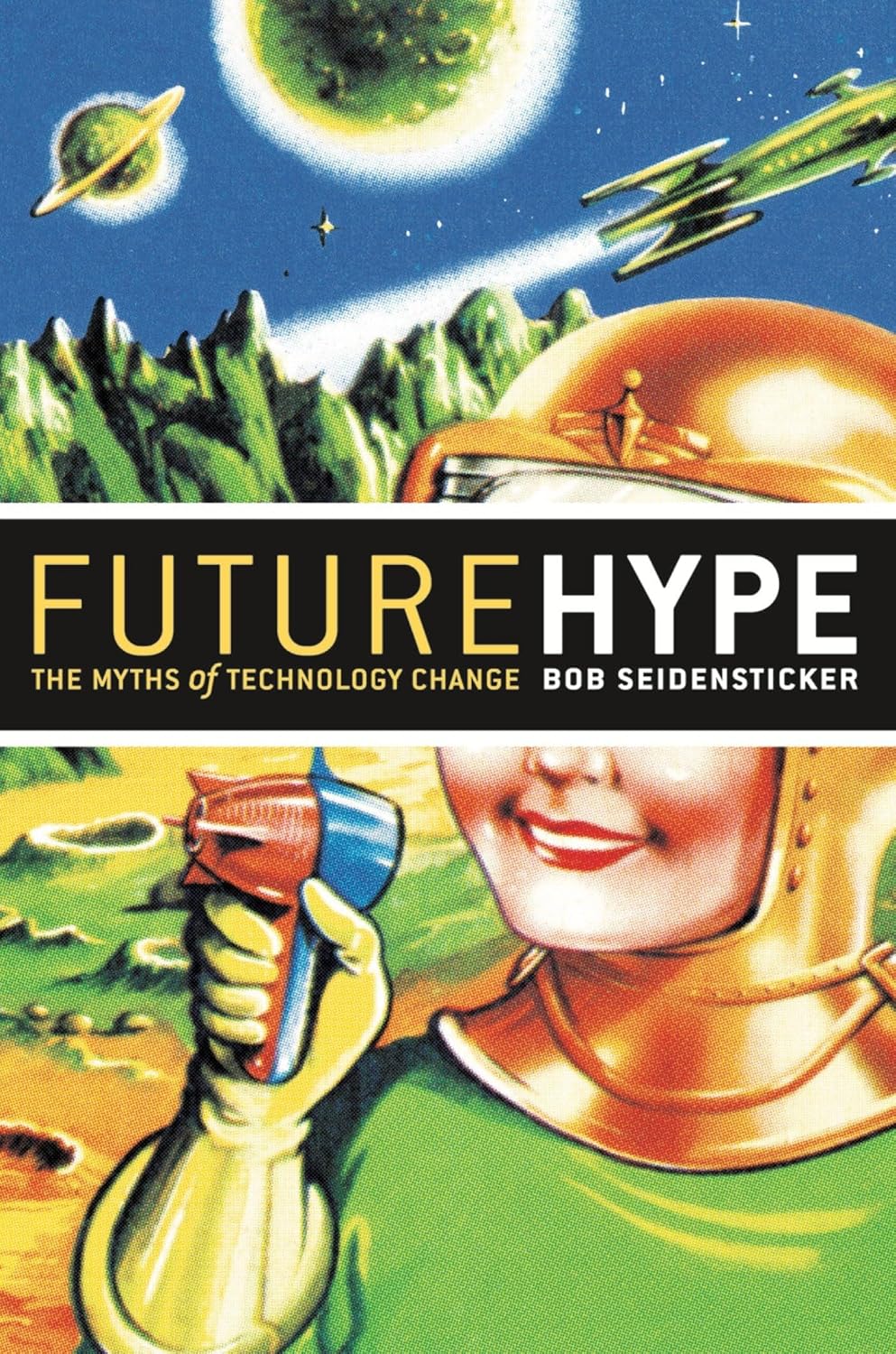

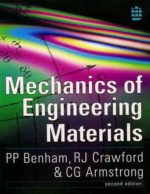
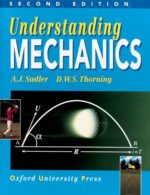

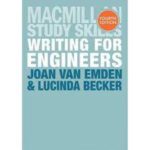
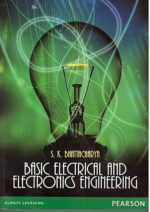

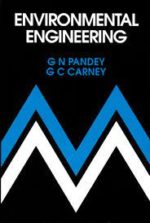
Be the first to review “Future Hype: The Myths of Technology Change”